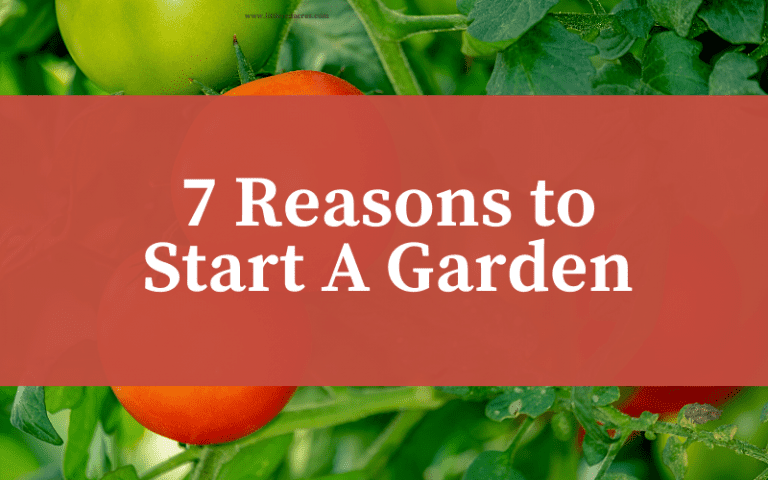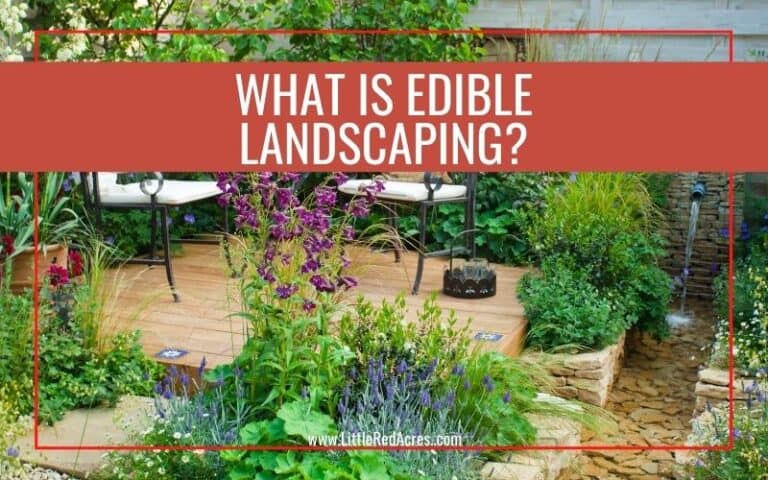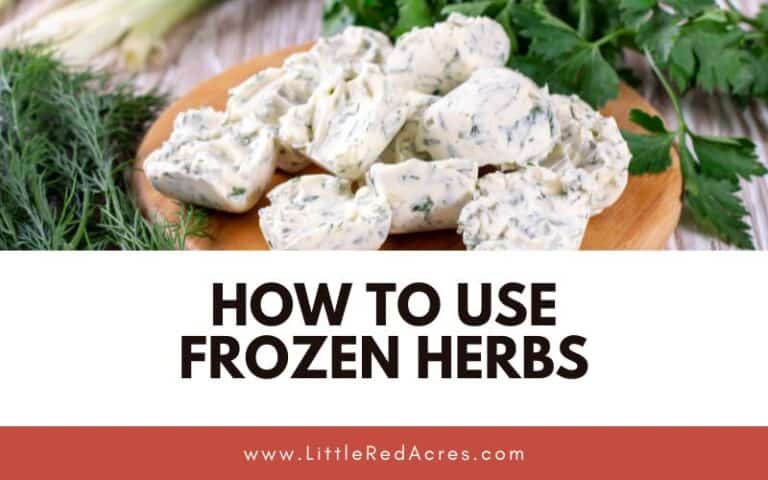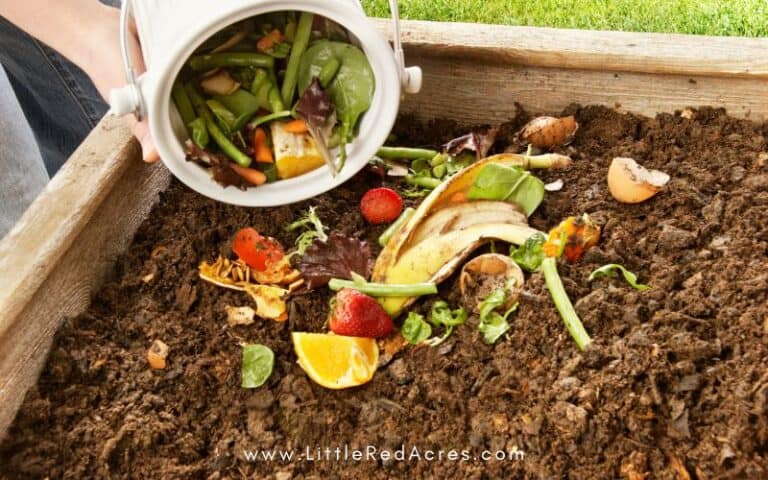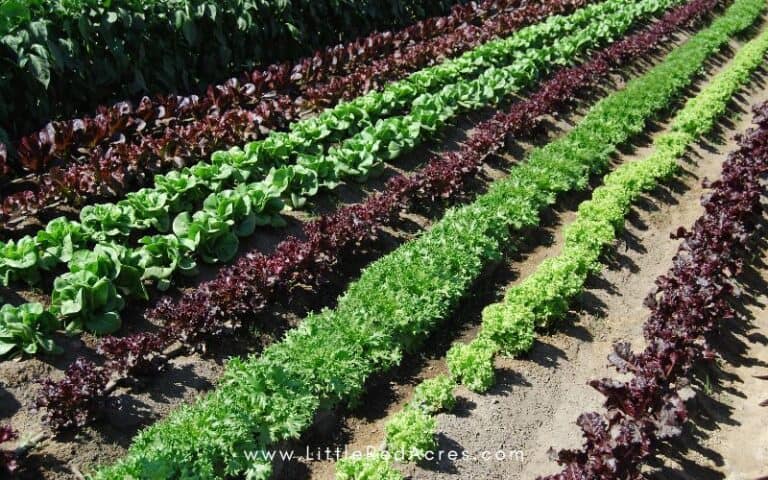Transitioning Seedlings Outdoors: A Gardener’s Guide
Inside: Uncover the secrets to successfully transitioning your seedlings outdoors across different gardening zones. Learn the signs, tips, and best practices for a thriving garden.
Moving seedlings outdoors is a pivotal step for gardeners. This guide offers insights on the timing and preparation needed across different gardening zones, ensuring a successful transition for your young plants.
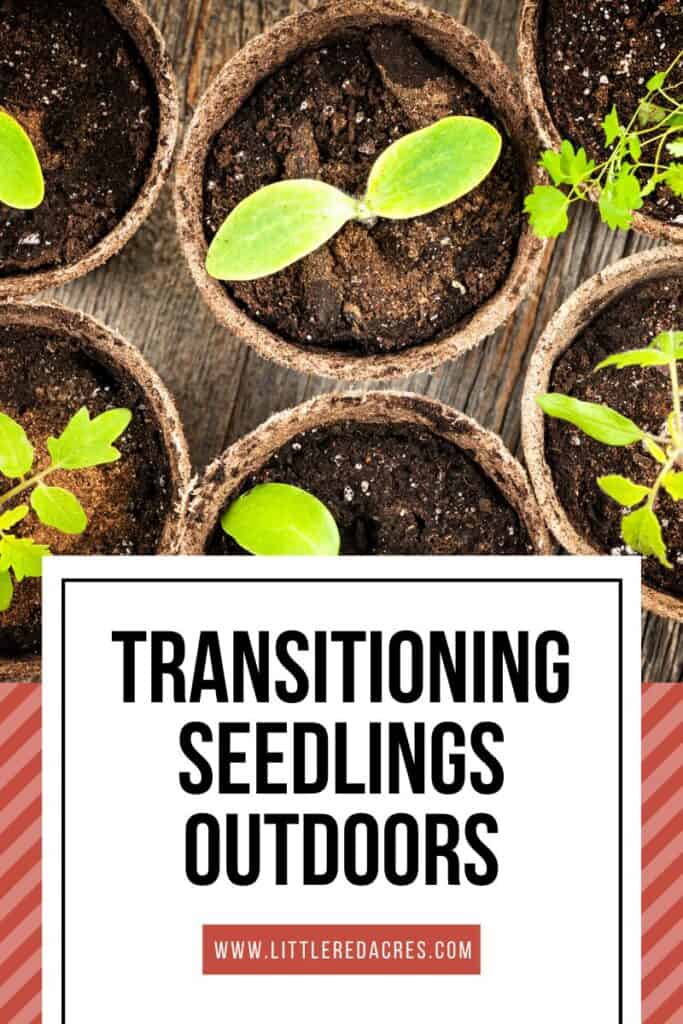
This post may contain affiliate links, see my disclosure policy for more information.
Transitioning Seedlings Outdoors: A Gardener's Guide
Ah, the joy of gardening—watching those tiny seedlings you've nurtured with love and patience sprout into flourishing plants. But here comes the tricky part: knowing when to move these tender shoots from the safety of your home or greenhouse into the big, wide world outside.
This transition isn't just about picking a sunny day; it's about timing, preparation, and understanding the unique needs of your plants in the context of your local gardening zone.
Get updates & freebies delivered to your inbox!
Understanding Gardening Zones Before Moving Seedlings Outdoors
First things first, let's talk about gardening zones—a critical factor that influences not just when, but how you move your seedlings outside.
North America is divided into 13 primary planting zones based on the average annual minimum winter temperature.
These zones are crucial for gardeners; they guide what plants will thrive in your locale and, are pertinent to our discussion when it's safe to transplant seedlings outdoors.
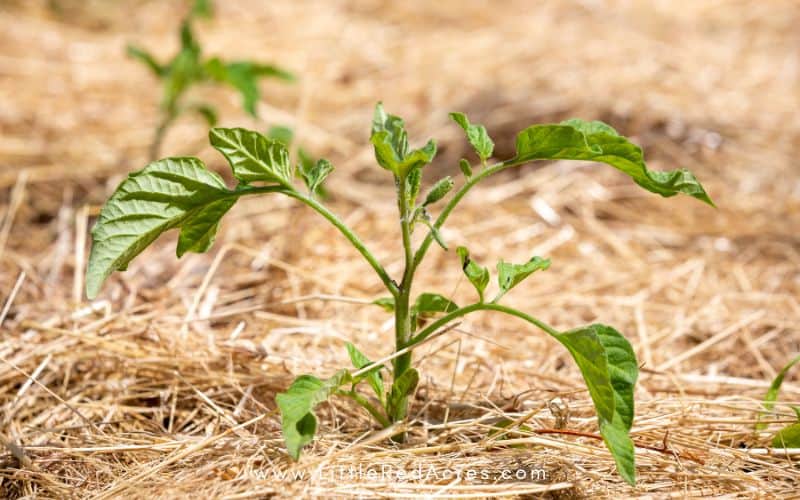
Recognizing the Right Time
Timing is everything when it comes to transitioning your seedlings. A general rule of thumb is to wait until after the last frost date in your area, which varies by gardening zone.
Here's a quick rundown:
- Zones 3-5: Late spring, typically May to early June.
- Zones 6-8: Mid to late spring, around April through May.
- Zones 9-11: Late winter to early spring, as early as February to March.
But, don't rely on the calendar alone! Keep an eye on the weather forecasts and be prepared for unexpected cold snaps, which can be a real setback for your tender plants.
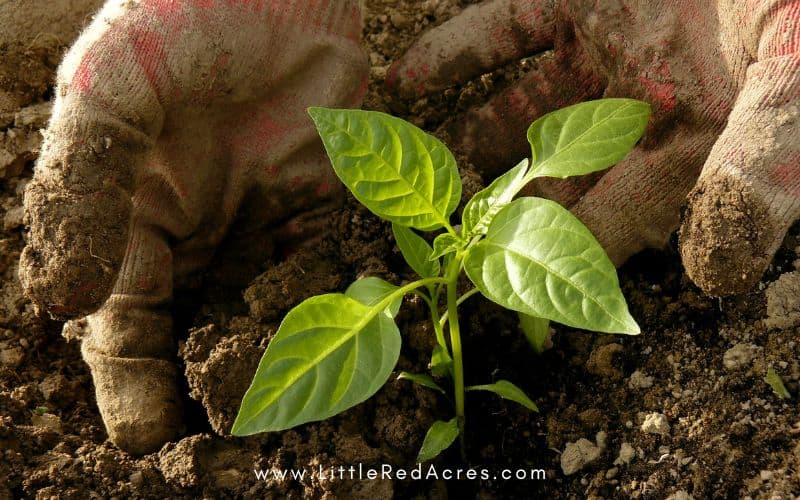
Preparing Your Seedlings
Before making the big move, your seedlings need a little prep time—think of it as a mini boot camp for plants. This process, known as hardening off, gradually acclimatizes your plants to outdoor conditions.
Over a week, start exposing your seedlings to the outside world, initially for just an hour a day, and gradually increasing their outdoor time. This helps them adjust to the sunlight, wind, and temperature fluctuations they'll face in their new home.
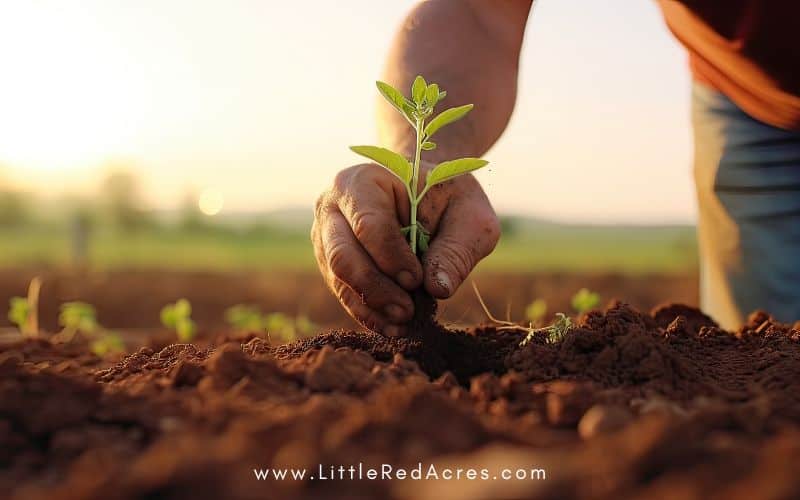
Making the Move
When the big day arrives, choose a cloudy day or late afternoon to make the transition, as this can help reduce transplant shock.
Make sure you've prepped your garden soil with plenty of organic matter and ensure it's well-draining. Dig a hole for each seedling, gently place it in, and firm the soil around the roots. Water them in well and consider offering some shade for the first few days to help them settle in.

After You Move Seedlings Outdoors
After transplanting, keep a close eye on your seedlings. They'll need consistent watering (but not too much!) and protection from pests and extreme weather. A balanced, slow-release fertilizer can also give them a boost as they start to grow in their new environment.
Transitioning seedlings outdoors is a crucial step on the journey to a vibrant garden. By understanding your gardening zone, carefully timing the move, and preparing your plants for the transition, you can ensure that your garden is off to a great start.
Remember, patience and attention are your best tools during this time. Happy gardening!
Frequently Asked Questions
What if I plant my seedlings outdoors too early? If you jump the gun and plant too early, your seedlings might suffer from frost damage or stunted growth. Always err on the side of caution and wait until after the last expected frost.
Can I use garden covers if a surprise frost is predicted? Absolutely! Garden covers or frost cloths can be a lifesaver for protecting young plants from unexpected late-season frosts.
How do I find my gardening zone? You can easily find your gardening zone by visiting the USDA Plant Hardiness Zone Map online and entering your zip code.

Want More?
The Ultimate Guide to Planting Seedlings: Depth Matters
6 Vegetables That Require Space to Grow
How to Maintain Your Vegetable Garden

